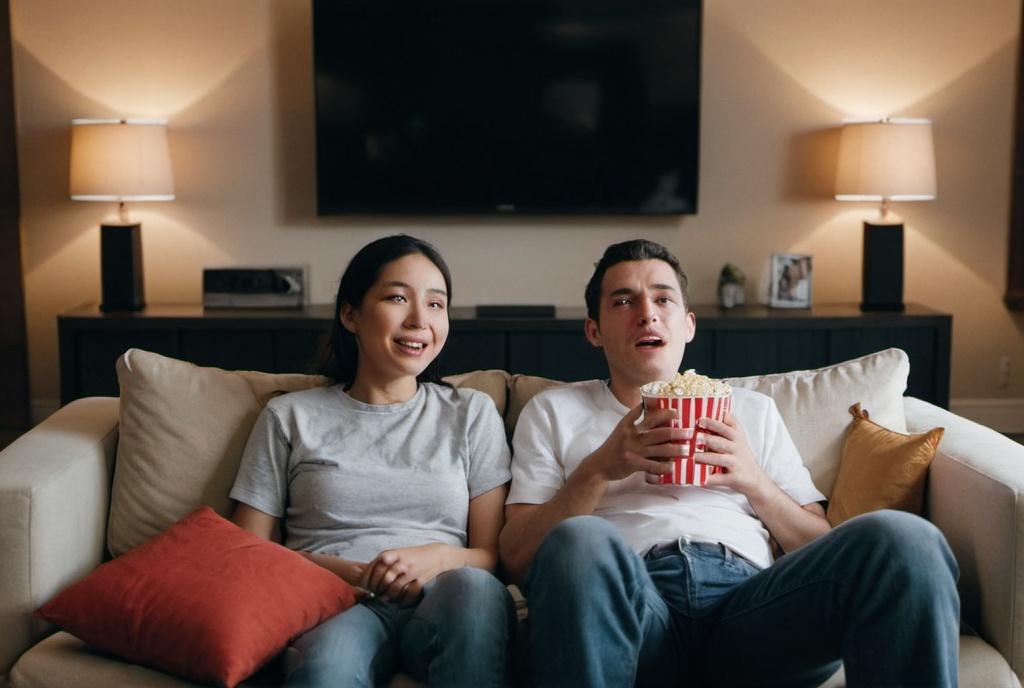
Key Take Aways About natural light shooting
- Shooting with natural light can save on budget but requires skill and careful planning.
- Cost efficiency is achieved by avoiding expensive lighting setups, though with potential financial risks due to weather unpredictability.
- Films like “The Revenant” showcase natural light’s aesthetic benefits despite logistical challenges.
- Natural light brings authenticity and emotional resonance to films, enhancing audience engagement.
- Investment in high-quality cameras and specific techniques helps maximize natural light’s impact.
- Balancing budget and artistic goals can lead to powerful storytelling through natural light.

Natural Light in Cinema
Shooting with natural light in cinema isn’t just a technical choice; it’s an art in itself. From a financial perspective, it can be an effective way to save on budget, yet it requires a keen eye and skill to execute successfully. Directors and cinematographers who opt for natural light often aim for authenticity, seeking a raw and organic feel that other lighting setups can’t replicate.
The Financial Angle of Natural Light
One obvious advantage of using natural light is cost efficiency. Traditional lighting setups can be exorbitantly expensive. Renting lights, paying for generators, and hiring extra crew to manage lighting rigs can quickly inflate a film’s budget. By utilizing the sun, filmmakers can avoid these costs, potentially allocating the budget elsewhere—perhaps towards post-production, better locations, or more seasoned actors.
However, relying solely on natural light can also introduce financial risks. Weather conditions are unpredictable and can disrupt shooting schedules, leading to potential delays and increased costs in other areas. This uncertainty means that while the initial outlay on lighting might be lower, the unpredictability of shooting can end up costing more in the long run if not carefully managed.
Case Study: “The Revenant”
Consider the film “The Revenant,” directed by Alejandro González Iñárritu and shot by Emmanuel Lubezki. The decision to shoot primarily with natural light led to some logistical nightmares. Crews often had to wait for optimal natural lighting, which sometimes occurred for only a few hours each day. This necessity for precision resulted in a prolonged filming schedule, stretching the budget in unexpected places. Yet, the end product was visually stunning and received critical acclaim for its gritty realism.
Aesthetic Value and Audience Impact
From an aesthetic standpoint, natural light provides an authenticity that artificial lighting struggles to emulate. Its variability can create depth and texture, lending an emotional resonance that can engage audiences on a deeper level. When done right, it’s akin to an award-winning performance where subtle nuances—like shadows dancing across a subject’s face or the soft, diffused light during golden hour—can tell a story all their own.
Moreover, natural light enhances authenticity. Audiences may not always discern the reason, but they feel the difference. Films shot with natural light often possess an organic quality that artificial setups lack. This rawness can evoke stronger emotional responses, creating a connection between the viewer and the narrative’s environment.
Investment in Equipment and Techniques
While natural light reduces costs on lighting equipment, smart investments in high-quality cameras and lenses are crucial. Cameras with high dynamic range capabilities can effectively capture the contrasts and shadows that natural light throws at them.
Knowledge and application of specific shooting techniques can also maximize the benefits of natural light. Techniques such as backlighting or using natural reflectors like snow, water, and even simple items like a white sheet can manipulate natural light to the filmmaker’s advantage without an excessive budget outlay.
Conclusion
Incorporating natural light shooting in cinema is like a balancing act between budget constraints and artistic ambition. While it can save money initially, the unpredictability of natural conditions can pose financial challenges. Yet, the unique aesthetic and emotional depth achieved with natural light often justify the risks taken. Engaging more with this technique might just be the light bulb moment for filmmakers seeking both cost-effective and impactful storytelling.



